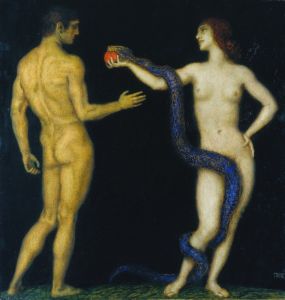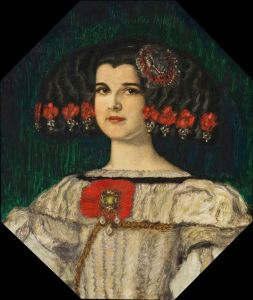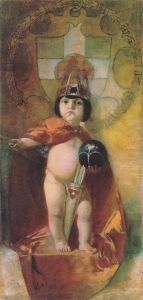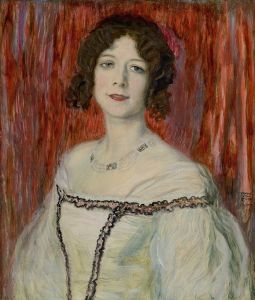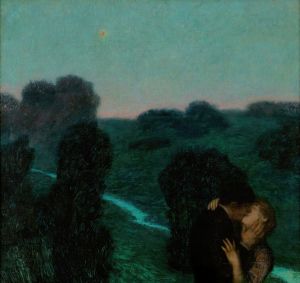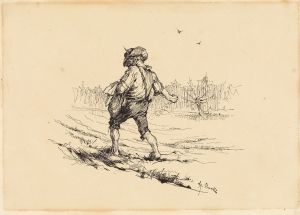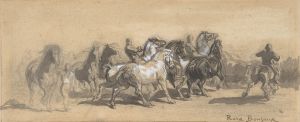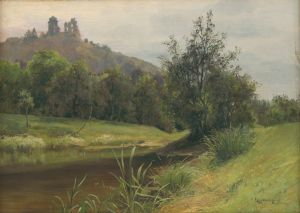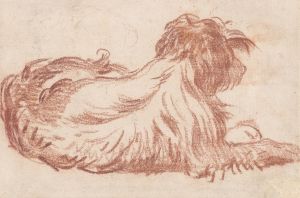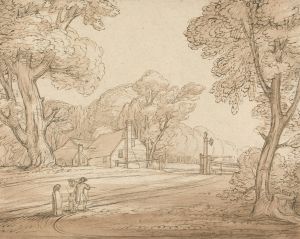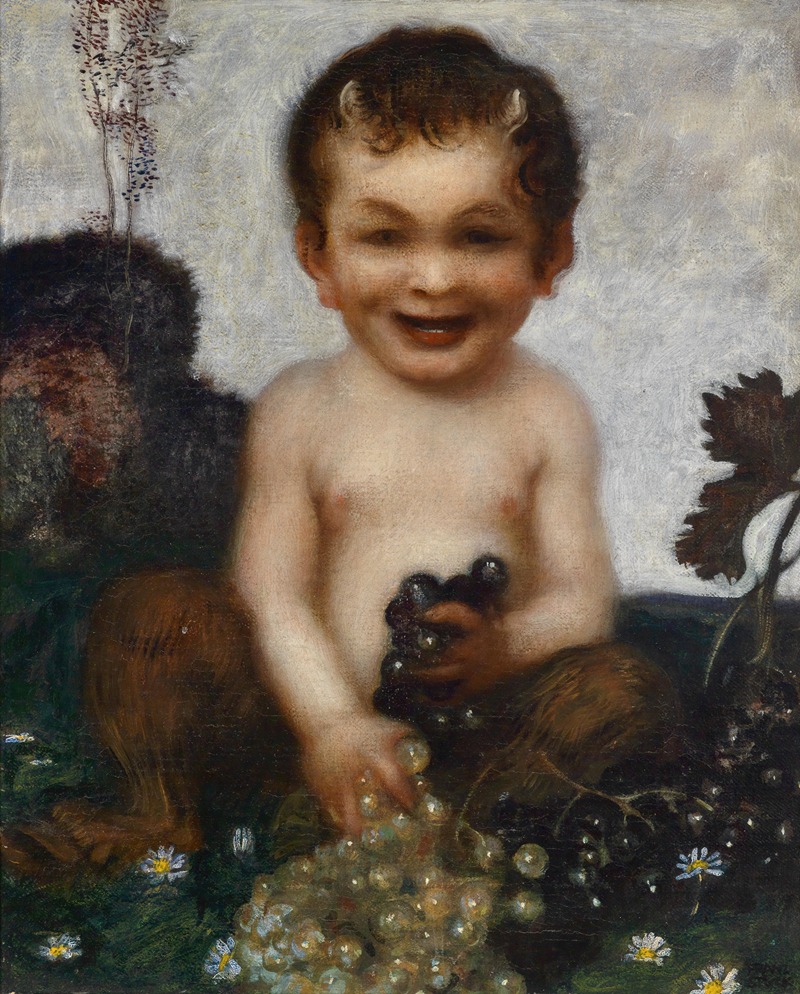
Junger Faun
A hand-painted replica of Franz von Stuck’s masterpiece Junger Faun, meticulously crafted by professional artists to capture the true essence of the original. Each piece is created with museum-quality canvas and rare mineral pigments, carefully painted by experienced artists with delicate brushstrokes and rich, layered colors to perfectly recreate the texture of the original artwork. Unlike machine-printed reproductions, this hand-painted version brings the painting to life, infused with the artist’s emotions and skill in every stroke. Whether for personal collection or home decoration, it instantly elevates the artistic atmosphere of any space.
Franz von Stuck was a prominent German painter, sculptor, and architect, known for his role in the Symbolist movement and as a founding member of the Munich Secession. One of his notable works is "Junger Faun" (Young Faun), which exemplifies his fascination with mythological themes and the human form.
"Junger Faun" is a painting that captures the essence of Stuck's artistic style, characterized by a blend of classical mythology and a modern, psychological interpretation of its subjects. The painting depicts a young faun, a creature from Roman mythology that is often associated with nature, fertility, and rustic music. Fauns are typically portrayed as half-human, half-goat beings, embodying the untamed and instinctual aspects of nature.
In "Junger Faun," Stuck presents the faun in a manner that emphasizes both its youthful innocence and its connection to the natural world. The faun is often depicted with a playful or mischievous expression, reflecting the dual nature of these mythological creatures as both benign and potentially disruptive forces. Stuck's use of light and shadow, along with his attention to anatomical detail, highlights the faun's muscular form and the texture of its skin, creating a sense of vitality and movement.
The background of the painting typically features elements of a natural setting, such as foliage or a forested landscape, which further reinforces the faun's association with the wild and untamed aspects of nature. Stuck's choice of color palette often includes earthy tones and subtle contrasts, which serve to enhance the overall mood and atmosphere of the piece.
Franz von Stuck's work, including "Junger Faun," is noted for its exploration of themes related to the subconscious, the primal instincts of humanity, and the intersection of the human and the mythical. His paintings often invite viewers to contemplate the deeper meanings behind mythological symbols and their relevance to contemporary life.
Stuck's influence extended beyond his paintings; he was also an accomplished sculptor and architect, and his contributions to the Munich Secession helped to shape the direction of modern art in Germany during the late 19th and early 20th centuries. His works are characterized by a distinctive style that combines elements of Symbolism, Art Nouveau, and a unique interpretation of classical themes.
"Junger Faun" is a testament to Stuck's ability to blend mythological subject matter with a modern artistic sensibility, creating works that resonate with both historical and contemporary audiences. The painting remains an important example of Stuck's oeuvre and continues to be studied and appreciated for its artistic and cultural significance.





